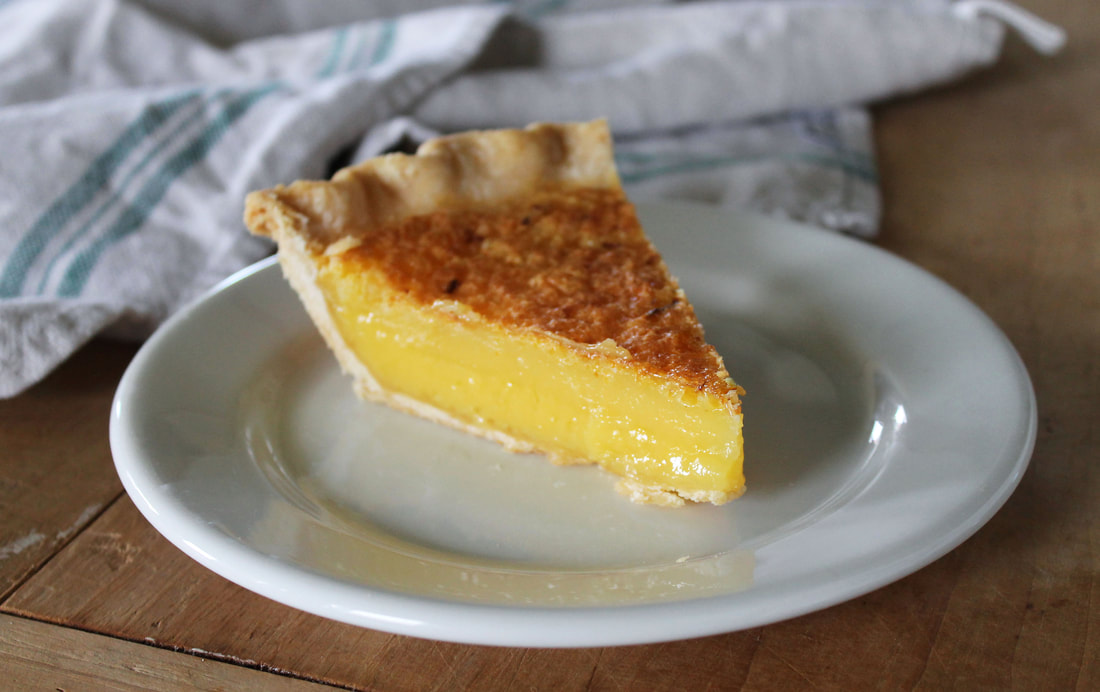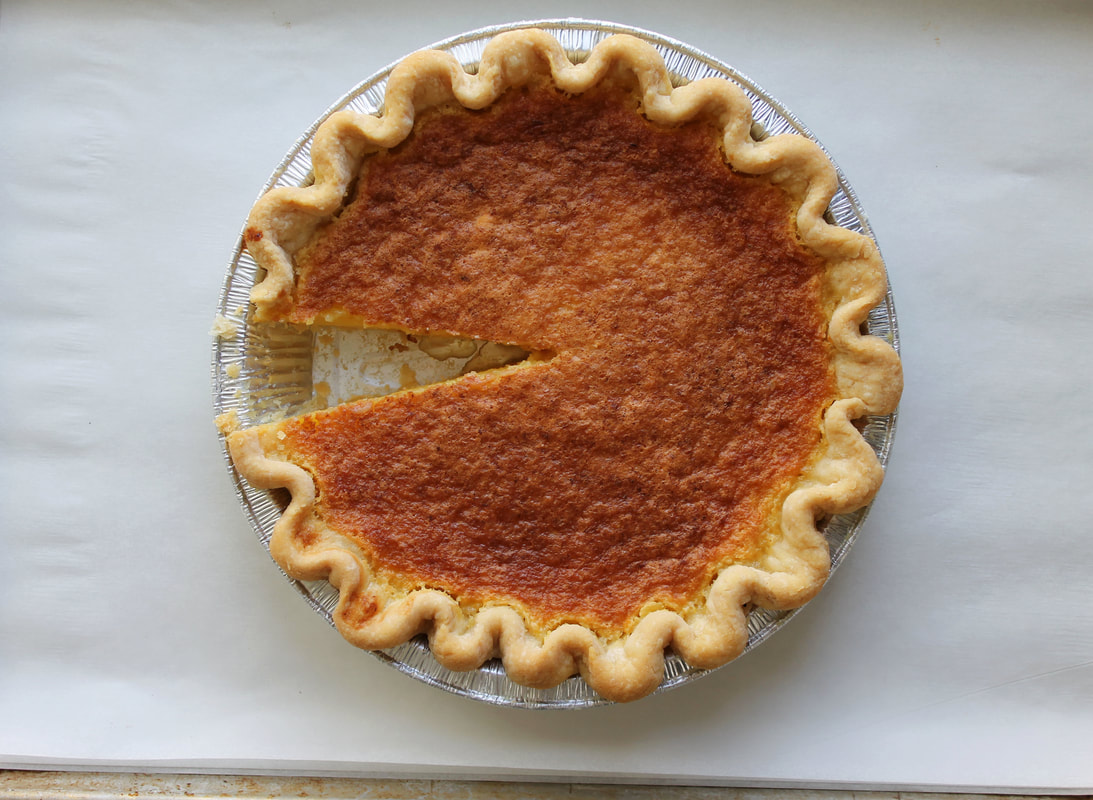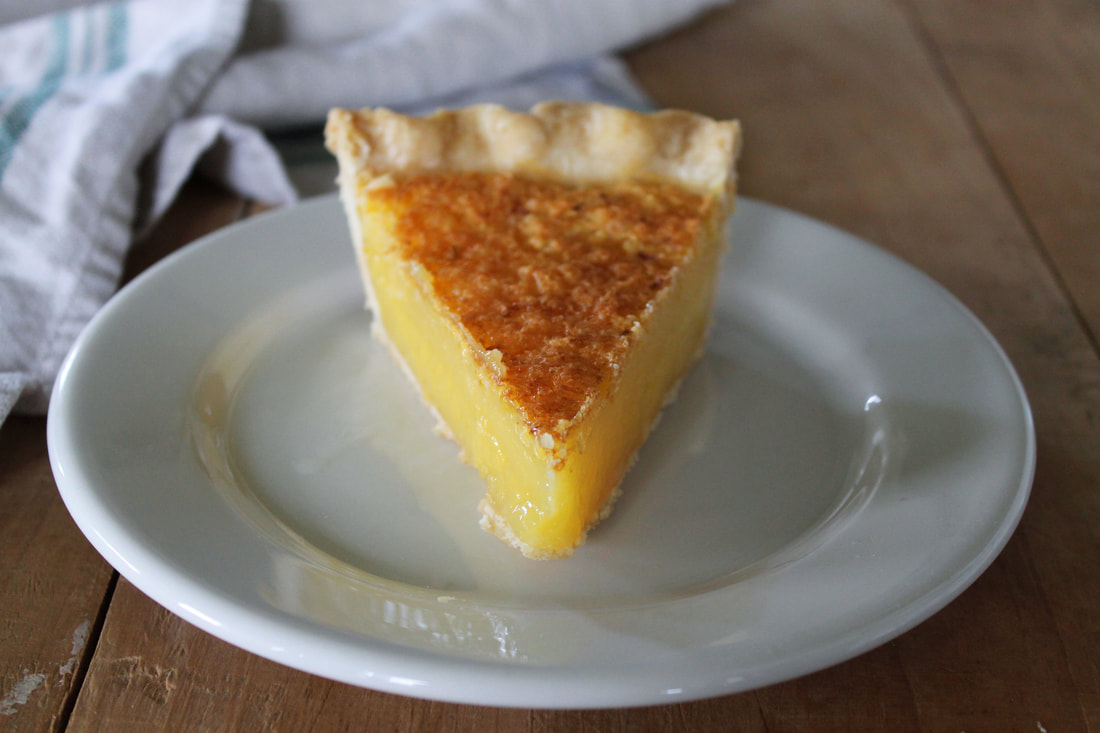The irony of farm life, much like restaurant life, is that the fridge is not always stocked with the freshest of the fresh. There is no artfully curated array of a rainbow in the form of produce neatly stacked on those sliding glass shelves. We usually have some lettuce, something of the sturdy Romaine or green leaf variety, to include in sandwiches. A few gnarly carrot nubs, yellowish celery and dried out garlic cloves for roasts. A few sprouting onions. And potatoes, of course. Other than that, most of the vegetables in our house during this time of year are in jars, quietly perched on the dusty shelves of our basement. Many of those vegetables have either been pickled or boiled to death in the pressure cooker, only to be cooked again under a low flame with a generous knob of butter.
Mark will sometimes describe to me how his grandmother made certain dishes, which often consisted of five or less ingredients and were inevitably a shade between gray and brown. Meatloaf, for example, included ground beef (from the farm), oatmeal (left over from breakfast), an egg or two that would have been discarded or fed to the dog because of its thin shell or a hairline crack (from the chicken coop), a bit of ketchup and perhaps a dash of milk. Maybe salt and pepper dust from the old mismatched shakers, if she remembered. Bread soup, his grandfather’s favorite, was even more minimal, consisting of old stale bread or crackers (one of the few items purchased from a store) mixed with water. Mashed potatoes were simply potatoes boiled to death, thinned out with a bit of soured milk.
My husband is in many ways a grandchild of the Depression. These meals I describe were merely sustenance and not necessarily enjoyed insomuch as tolerated. That culinary tradition of frugality survived for more than one generation because no one in three generations left the farm for anything other than a delivery or a doctor’s appointment. On a farm, plates are licked clean and every animal part is used up in times of war or not because waste is akin to sin, not because it's fashionable. Those traditions are important. Those meals are markers of an era where creativity and economy were, in some ways, one in the same. During wartime, no matter what country, you made due with what you had. An orange at Christmas, the treat my grandmother so fondly remembers receiving as a child, was probably old and wrinkled and had travelled a good deal of distance to end up in her stocking. But it tasted as sweet as any candy because it was.
A moment I will always remember from my professional kitchen days, a moment which I think accurately describes my attitude now, happened when I was living in California working in a bakery. I was still a trainee at the time and I can’t remember specifically why, but we were tasting some new items, one of which contained that certain kind of manufactured lemon filling that doesn’t have much, if any, real lemon in it. It was a particularly good version of fake lemon, in my opinion, and I didn’t mind the flavor in the least. When asked which was my favorite, I replied I was partial to the lemon-whatever-it-was. My trainer stoically replied, “That says a lot about your character.”
I remember feeling offended. And now years later, I crack a smile every time I think about that moment. Perhaps it’s the innate, mildly rebellious side of me that still doesn’t mind the fake lemon crap. But at the time, my preference wasn’t formed from defiance. I grew up with it. Every aunt in my family makes some version of lemon bars or lemon lush or lemon pie with that stuff. Turn your nose up at it, put it down all you want, tell me it will give me cancer - go ahead. I only come across imposturous lemon gel maybe once a year, but I’ll eat it every time. I never bake with it, but I won’t think less of any person who does.
Maybe age is softening me, or simply wearing me down, butI like to think it’s the gradual gain of experiences that evicted me from the house that Food Network built. Maybe I'm just settling. Whatever it is, I find myself pushing back against the elitism of "good taste" more and more. There is no lifestyle or diet that is pure, that is without consequence or risk or that doesn’t derive from something else. There are no superfoods and there is no magical diet that will cure every ailment and solve every global crisis. We can't all eat quinoa and kale everyday and feel satisfied with ourselves. Everything I eat - everything most of us eats - is not necessarily fresh from the farm all the time. I am thankful for when it is, but I am also acutely aware that a meal is more than just the sum of its parts. Of course I want you to shop local, to taste produce in season and to revel in the full and exuberant flavor of a Roma tomato in August. But I am also a realist. Seasonal eating is somewhat of a novelty now for many of us. And though I may not be mindful each time I sit down for a meal, I am certainly grateful for it, no matter what form it comes in.
Lemon Chess Pie
Makes 1 - 9" pie
| Ingredients 1 - 9" unbaked pie crust 2 cups (400 g) granulated sugar 2 tbsp flour 2 tbsp cornstarch 4 large or extra large eggs 1/3 cup milk 1/4 cup (57 g) butter, melted 3 large or 4 small lemons, zested and juiced | Method Preheat a conventional oven to 350 F. Place a baking rack in the lower 1/3 of the oven. In a bowl, vigorously whisk the sugar, flour, cornstarch and eggs together until pale. Add the milk, melted butter, lemon zest and juice, then whisk to incorporate. You should have between 1/3 cup and 1/2 cup of lemon juice. Pour the filling into an unbaked pie shell and smooth the air bubbles on top. Bake the pie for about 45 - 50 min, or until the top is golden brown and the pie jiggles firmly. Let the pie cool and serve at room temperature or chilled. |




 RSS Feed
RSS Feed
